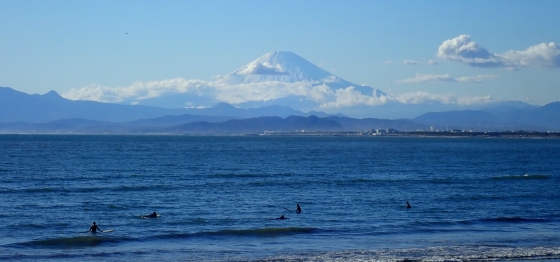Higashikawa Weather and Climate: A Comprehensive Guide
The climate in Higashikawa is marked by big temperature swings throughout the year.
Temperatures range from warm during the warmest months
to very cold in the cooler months.
It also experiences much rain/snowfall throughout the year.
Now, let’s break down all the climate details for a clearer picture.
Average maximum day and minimum night temperature
In Higashikawa, temperatures differ significantly between summer and winter months. Average daytime temperatures reach a comfortable 25°C in August. In January, the coolest month of the year, temperatures drop to a very cold -4°C.
At night, you can expect cooler temperatures, with averages dropping to around -12°C during this month. Check out our detailed temperature page for more information.Temperature ranges by month
Precipitation and rainy days
Higashikawa experiences significant rain/snowfall throughout the year, averaging 1508 mm of precipitation annually. Higashikawa experiences moderate seasonal variation in rainfall, with monthly averages ranging from 180 mm in August, the wettest month, and 92 mm in February, the driest month.The mean monthly precipitation over the year, including rain, hail and snow
Sunshine over the year
Higashikawa can be enjoyed more throughout the sunniest month of May under a blue sky, with approximately 6.3 hours of sunshine daily. In contrast, the city experiences much darker days in December, with only 1.4 hours of sunlight per day. Visit our detailed sunshine hours page for more information.Monthly hours of sunshine
Daily hours of sunshine
partly cloudy and chance of snow overcast and chance of slight snow broken clouds and snowForecast for Higashikawa
Select a Month of Interest
Check the conditions for any month of the year.
The best time of year to visit Higashikawa in Japan
During the months of June, July, August and September you are most likely to experience good weather with pleasant average temperatures that fall between 20°C and 26°C.Other facts from our historical weather data:
Most rainfall (rainy season) is seen in July, August and September.
The coldest season / winter is in the following months: January, February, March and December.
August has an average maximum temperature of 25°C and is the warmest month of the year.
The coldest month is January with an average maximum temperature of -4°C.
August tops the wettest month list with 180 mm of rainfall.
February is the driest month with 92 mm of precipitation.
May is the sunniest month with an average of 188 hours of sunshine.
No idea where to travel to this year? We have a tool that recommends destinations based on your ideal conditions. Find out where to go with our weather planner.




